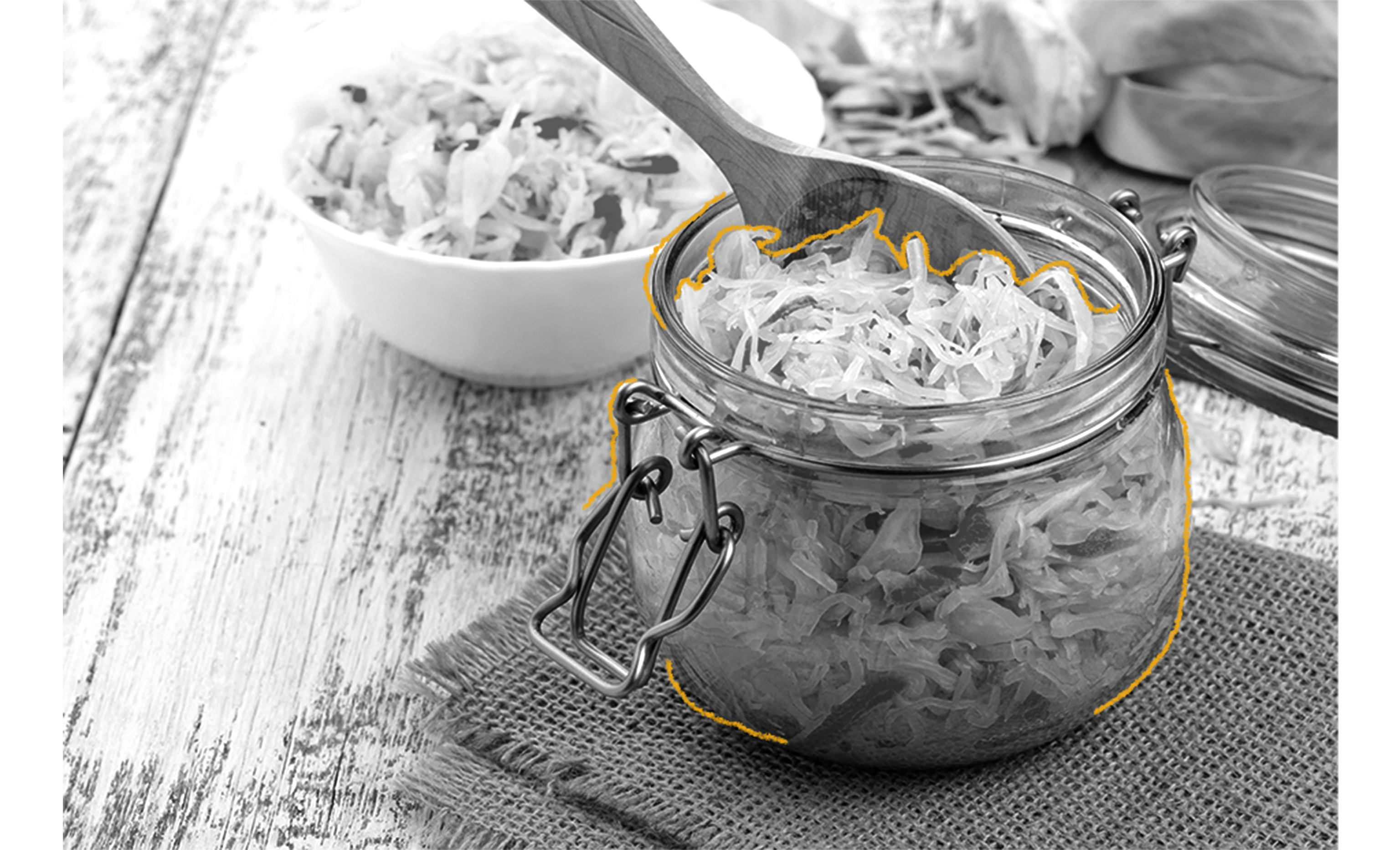Sauerkraut originated in Asia approximately 2,000 years ago. Laborers building the Great Wall needed a way to preserve cabbage during the winter and decided to pickle it using rice wine vinegar. This pickled cabbage is thought to be the first sauerkraut. Eventually, it made its way to Europe, possibly via Genghis Khan. The Europeans substituted salt for the rice wine vinegar and then fermented their cabbage with its own juices and the salt, which enabled the creation of lactic acid. (Notably, the condiment’s characteristic sour flavor comes from the lactic acid, which is produced by lactobacillus bacteria.) European sauerkraut is thought to have its roots in Russia, Austria, and Germany, but it was German immigrants who brought sauerkraut to America in the 1700s. Sauerkraut was considered a specialty of the Pennsylvania Dutch community in its early years, and the first American documentation of it occurred in 1776. Eventually, it found its way to New York via other German immigrants, where it was adopted as a topping for the city’s now-famous New York-style hot dogs. Sauerkraut has remained a popular condiment over the years and was consumed in America during World War II, although it was temporarily marketed as “liberty cabbage” in a bid to make it more palatable to American consumers during wartime. Today, sauerkraut continues to be enjoyed by many cultures around the world.

Your go-to guide for weird history facts
Subscribe to the FREE daily email that makes learning about history fun.


